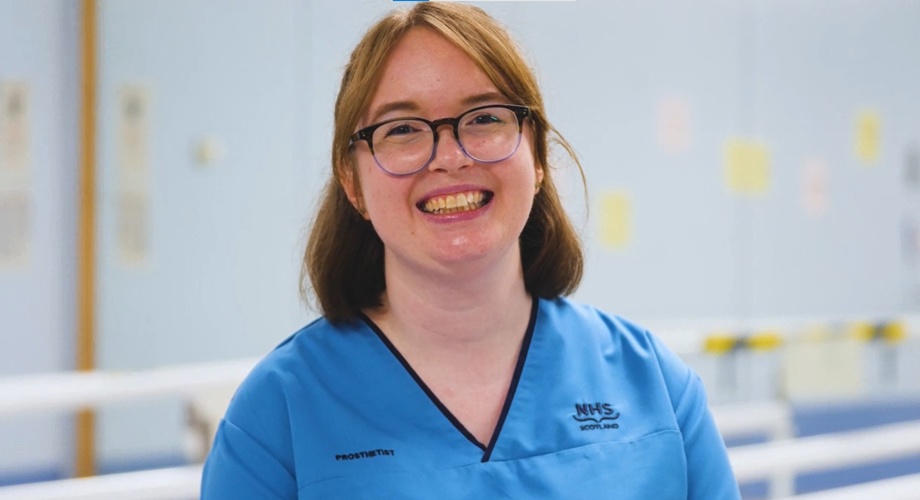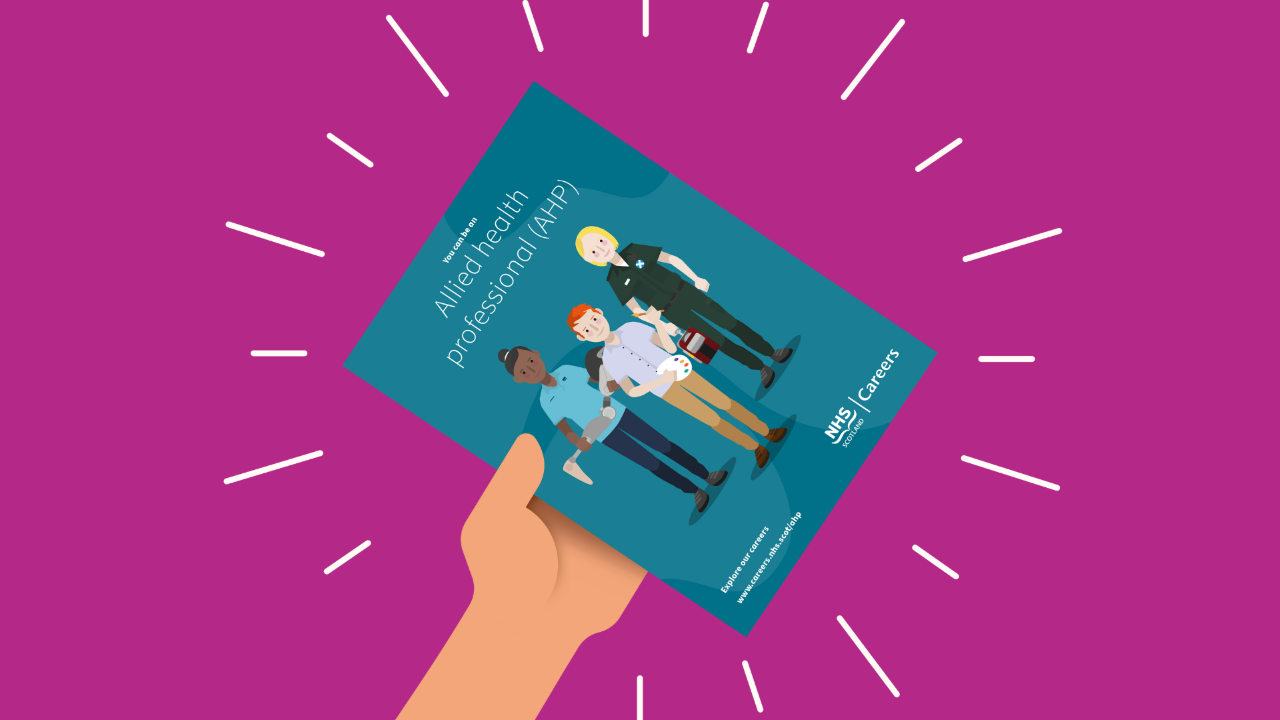
Joanne Gibson
05 September 2024
•8 min read

Who is Hannah?
Hannah is a senior prosthetist based in the West of Scotland Mobility and Rehabilitation Centre (WestMARC) at the Queen Elizabeth University Hospital (QEUH) in Glasgow. To become a prosthetist, she attended the University of Strathclyde and graduated in 2013 with a BSc Hons in Prosthetics and Orthotics.
At WestMARC, Hannah supports adults and children who have undergone amputations or were born with limb absence. This includes assessments, taking measurements, making cases, and fitting new prostheses that have been manufactured by prosthetic technicians in the on-site workshop.
In addition to manufacturing new artificial limbs, the prosthetics service also maintains, adjusts, and repairs prostheses for existing limb users.
Prosthetists provide life-long care, which allows them to build strong bonds and relationships with patients. They help people at what can be a difficult time in their lives. Hannah shares that supporting a patient’s rehabilitation journey and seeing them progress is amazing. She adds, “The best part of my job is when I really feel like I’m having a positive impact on someone’s life.”
Providing life-long care that has a positive impact on people’s lives
In this video, Hannah describes her role and how it impacts the people she cares for. She explains what motivated her to choose this profession.
Hannah also shares the most important skills for a prosthetist, including communicating, problem-solving, and adapting. This is a career to think about if you’re interested in science, design, and technology from a person-centred care perspective.
How to watch our 360 videos
To navigate the 360 videos on this page, follow these instructions:
- If you are using a mouse, hold the left or right button to move the cursor around the screen. Move the cursor to the left to turn left, and to the right to turn right, and so on.
- If you are using a laptop trackpad, click and hold anywhere on the trackpad, then use your finger to move the cursor around the screen. Move your finger to the left to turn left, and to the right to turn right, and so on.
- If you are using a mobile, press and hold the screen while moving your finger. Move your finger to the left to turn left, and to the right to turn right, and so on.
To get the full AHP VR experience, download our immersive video files to your headset.
Scene 1 video: review of prosthetic limb fitting
Hannah is conducting a review of the fit of a prosthetic limb and the functionality of its components. Hannah carries out a static alignment. She asks the patient to stand first to find out how well-balanced he is. Hannah then begins a gait assessment using the parallel bars first, followed by another assessment on varied terrain.
Scene 2 video: creating a mould
Hannah takes a Plaster of Paris mould of Jim’s leg to create a negative mould. This will then be filled to create a positive mould, which will be adjusted before the socket is manufactured on this shape.
People can change shape as their muscles develop and increase in size, or atrophy and decrease in size. They may also gain or lose weight. This affects the fit of a prosthetic socket, which may need to be replaced. The parts attached to the socket, which make up the complete prosthesis, need to be maintained and replaced to ensure they are safe for use.
Scene 3 video: testing prosthetic limb grip
Hannah reviews and gives the patient advice on how to use the grip on his prosthetic limb. The sensors in the limb link to technology that programmes different grips for the patient to use, allowing for various functions. The patient then uses the different grips to test with blocks.
You can become a prosthetist like Hannah
As a prosthetist, you’ll help people of all ages who have experienced amputation or were born with missing limbs. You’ll work closely with them to assess their needs and understand their goals.
After taking measurements, you’ll take a cast or scan the remaining limb where the artificial limb will be fitted. You’ll then fit the prosthesis once it has been manufactured in the workshop to ensure comfort and performance.

Discover more allied health professions
Check out our AHP career guide and explore how you can become an allied health professional.